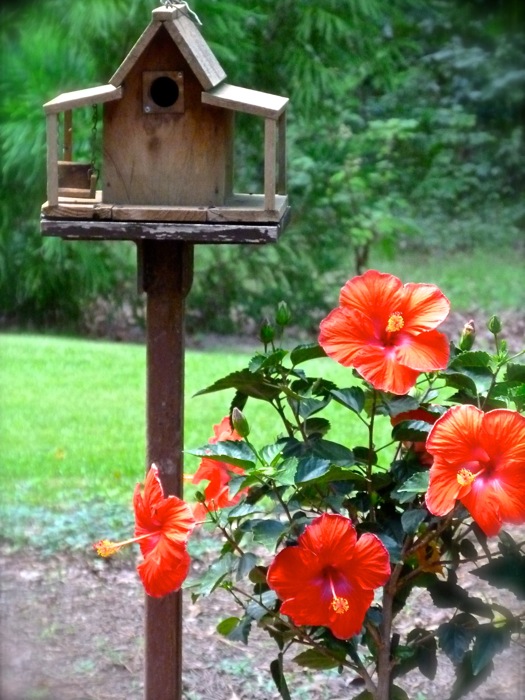Mid-August in Deb's Garden
 Saturday, August 15, 2015 at 8:40PM
Saturday, August 15, 2015 at 8:40PM Can it be? Summer is slipping around the edges, loosing its intensity, with cool nights and early morns. Humidity is also less, so that even mid-day temps are more tolerable. The garden has taken on a mellow, relaxed atmosphere, hinting of autumn to come. 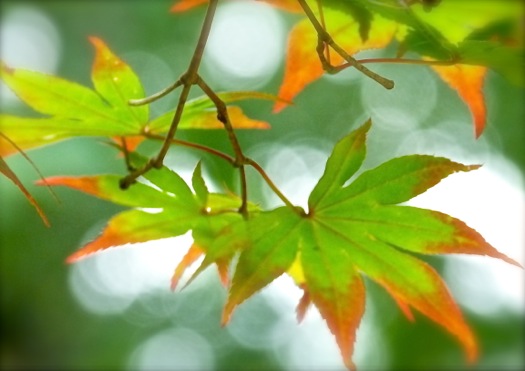 Fall colors are beginning to show in these Japanese maple leaves.
Fall colors are beginning to show in these Japanese maple leaves.
Lets start a tour of the mid-August garden with images taken in and around the front garden: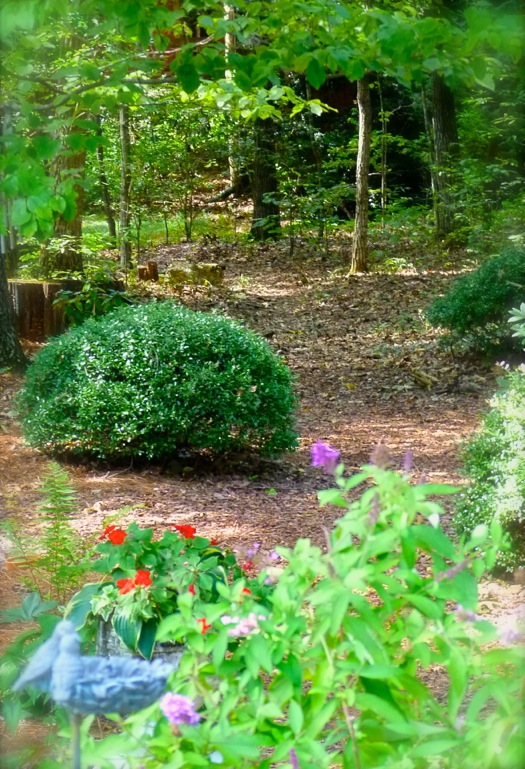 This trail leads from the patio steps, with the hydrangea walk on one side and the arbor garden on the other.
This trail leads from the patio steps, with the hydrangea walk on one side and the arbor garden on the other.
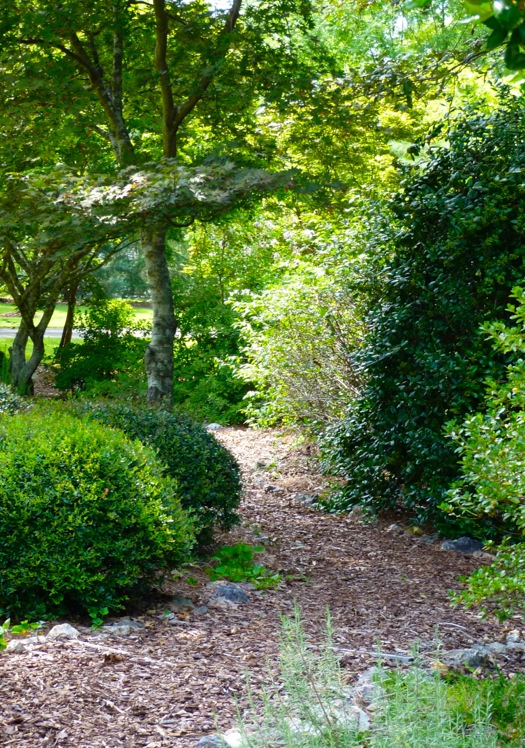 This trail leads from the jasmine arch by the patio. It borders the main part of the front garden.
This trail leads from the jasmine arch by the patio. It borders the main part of the front garden.
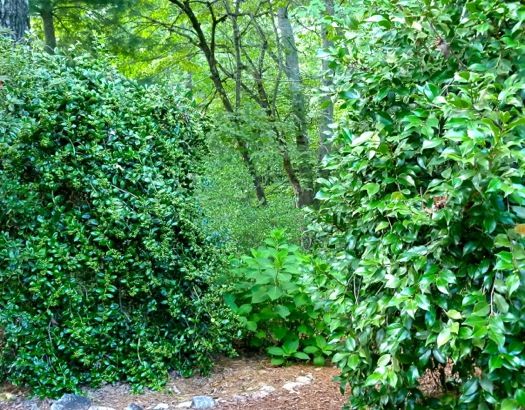 This image shows the upper part of the hydrangea walk.
This image shows the upper part of the hydrangea walk. 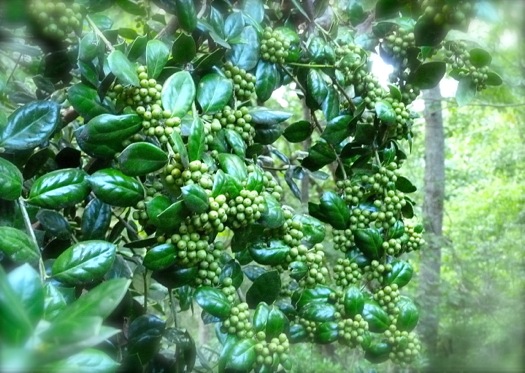 The burford holly is laden with berries, which will turn red later in the season.
The burford holly is laden with berries, which will turn red later in the season.
 A couple of loving bugs on the holly.There are a couple of things to note inside the front garden. First, the voodoo lily has grown tremendously this summer. In the pot, it reaches well over five feet tall. Another thing is that I have eliminated the invasive liriope that once grew in abundance on both sides of this path. Since this photo was taken, I have planted about three dozen foxglove plants in this area, pass-alongs from a dear friend. A variety of other plants will also grow here.
A couple of loving bugs on the holly.There are a couple of things to note inside the front garden. First, the voodoo lily has grown tremendously this summer. In the pot, it reaches well over five feet tall. Another thing is that I have eliminated the invasive liriope that once grew in abundance on both sides of this path. Since this photo was taken, I have planted about three dozen foxglove plants in this area, pass-alongs from a dear friend. A variety of other plants will also grow here.
 Trail inside the front garden.
Trail inside the front garden.
The first image in the collage below shows liriope growing around the base of a tree in the lower front lawn. This is easily controlled with a lawn mower: Clockwise from top left: Liriope; Crepe myrtle; Variegated fatsia japonica; Easy-to-grow mushrooms!
Clockwise from top left: Liriope; Crepe myrtle; Variegated fatsia japonica; Easy-to-grow mushrooms!
More photos from the front garden:
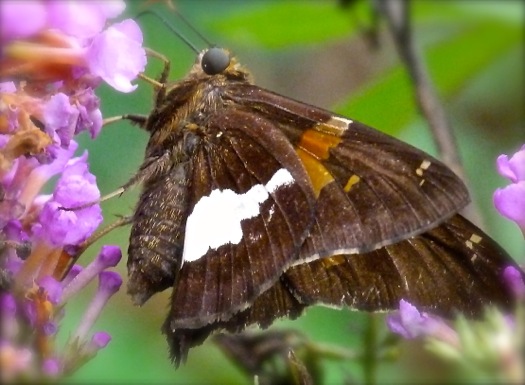
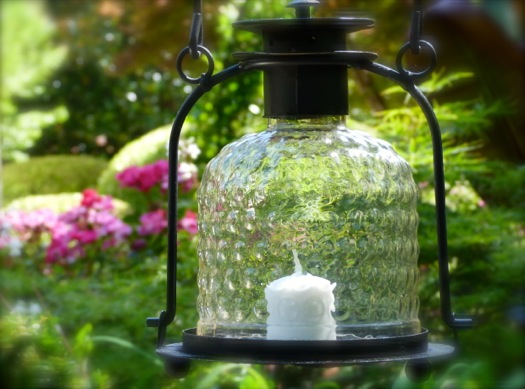
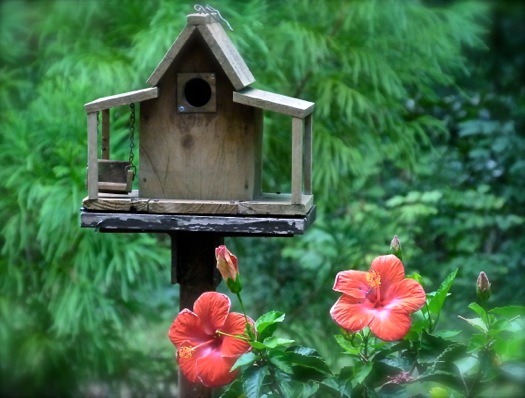
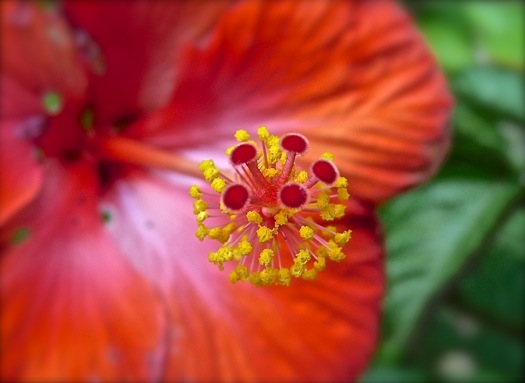 A close look at the center of this orange hibiscus.
A close look at the center of this orange hibiscus.

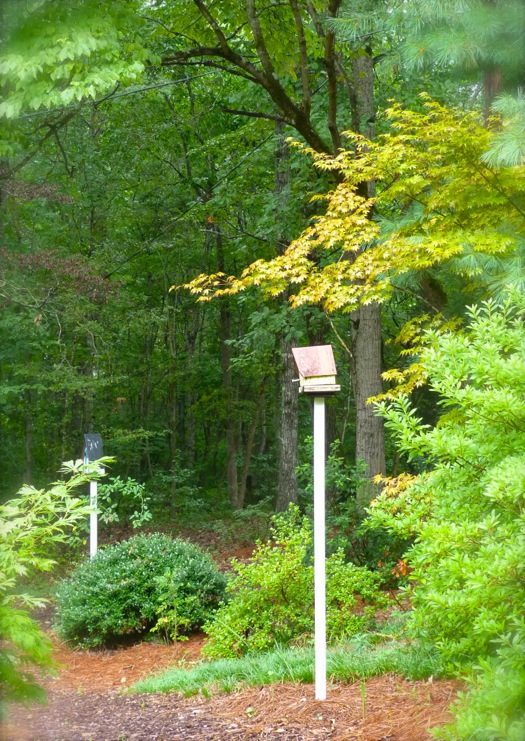

Some images taken inside the woodland garden: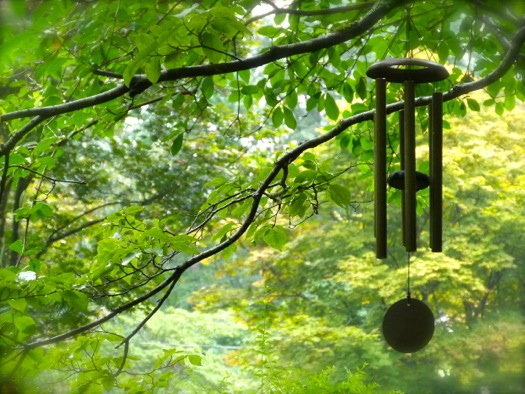



Finally, a view of the sky, so typical this month. I am thankful for abundant rain. Sky before a summer thunderstormI hope you enjoyed the tour. Can you feel a new season coming?
Sky before a summer thunderstormI hope you enjoyed the tour. Can you feel a new season coming?


